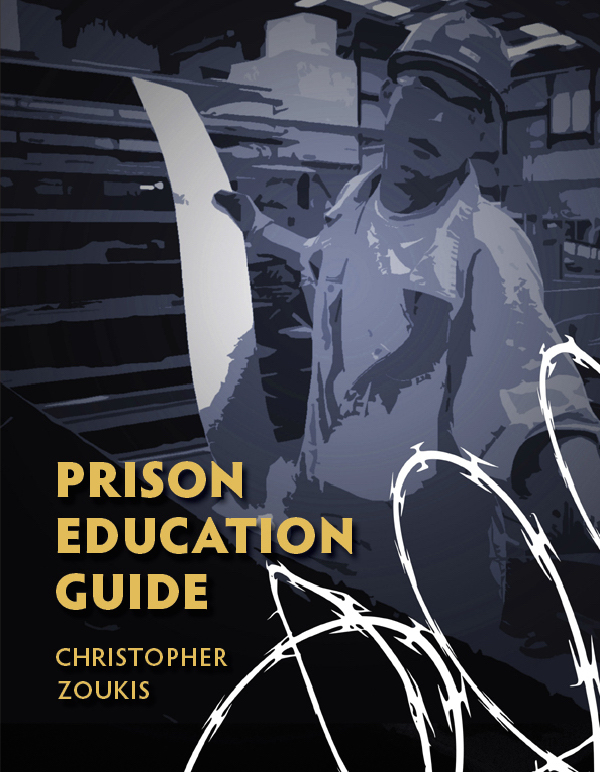Missouri Supreme Court: Witness’ Two-Way Live Video Feed Testimony Violates Confrontation Clause
by Jacob Barrett
In a case of first impression in Missouri, the Supreme Court of Missouri held a circuit court violated Rodney A. Smith’s constitutional right to confrontation under both the U.S. Constitution and Missouri Constitution by permitting two-way live video feed testimony at trial of an adult, non-victim witness.
Smith was charged in connection with allegations of sexual assault made by his girlfriend’s then 16-year-old daughter. She later recanted her allegations, but Smith’s DNA matched the DNA from her sexual assault kit. At trial, the State sought to introduce the DNA laboratory report prepared by Erik Hall, the Biology Technical Leader for the St. Louis Metropolitan Crime Laboratory. The State, however, did not initially call Hall to testify because he was on paternity leave. Smith objected to other witnesses testifying regarding the report prepared by Hall.
Following a discussion by the parties, the trial court decided to permit Hall to testify, over Smith’s objection, via two-way live video. Hall testified about collecting buccal swabs from Smith and performing the DNA analysis that matched the DNA on the swabs to the DNA from the sexual assault kit. The jury found Smith guilty of two counts of statutory rape. The trial court sentenced him to seven years in prison, suspended execution of the sentence, and placed him on probation.
Smith filed a motion for new trial, which was overruled. He timely appealed. The Court of Appeals for Missouri issued an opinion but transferred the case to the Missouri Supreme Court pursuant to Rule 83.02.
On appeal to the Missouri Supreme Court, Smith argued Hall’s two-way live video feed testimony at trial violated his right to confrontation and due process under the Sixth and Fourteenth Amendments of the U.S. Constitution, and the Missouri Constitution, Mo. Const. art. I, §§ 10, 18(a).
The Court started by pointing out “[n]either the United States Supreme Court nor this Court has addressed the use of two-way live video feed in a criminal proceeding and its impact on a defendant’s right to confrontation. Three United States Supreme Court cases, however, examine a defendant’s right to confront adverse witnesses against him or her when that witness testimony falls short of in-person, face-to-face confrontation: Coy v. Iowa, 487 U.S. 1012 (1988), Maryland v. Craig, 497 U.S. 836 (1990), and Crawford v. Washington, 541 U.S. 36 (2004).” [citations condensed]
The Court stated, “Although this case presents an issue of first impression for this Court, other jurisdictions addressing whether witness testimony via two-way live video satisfies the Confrontation Clause” generally follow one of three approaches: (1) Craig, (2) the Second Circuit’s test in United States v. Gigante, 166 F.3d 75 (2d Cir. 1999), or (3) Crawford.
The Court noted: “Most federal and state courts that have addressed this issue utilize Craig’s test. These courts hold a defendant’s rights under the Confrontation Clause are violated by the use of two-way video procedure unless such procedure is necessary to further an important public policy and the reliability of the testimony is otherwise assured.” See generally State v. Mercier, 479 P.3d 967 (Mont. 2021); Haggard v. State, 612 S.W.3d 318 (Tex. Crim. App. 2020); United States v. Carter, 907 F.3d 1199, 1208 (9th Cir. 2018); State v. Thomas, 376 P.3d 184 (N.M. 2016); United States v. Abu Ali, 528 F.3d 210, 240-41 (4th Cir. 2008); Bush v. State, 193 P.3d 203 (Wyo. 2008); United States v. Yates, 438 F.3d 1307 (11th Cir. 2006); United States v. Bordeaux, 400 F.3d 548 (8th Cir. 2005).
The Second Circuit’s Gigante standard is more lenient than Craig. The Gigante Court permitted a witness to testify via two-way live video because of the witness’ “fatal illness and participation in the Federal Witness Protection program” together with the defendant’s refusal to attend a Rule 15 deposition because of poor health. The Gigante Court reasoned that enforcement of the Craig standard is unnecessary because the two-way, live video “preserved the face-to-face confrontation” required by the Confrontation Clause as interpreted by Supreme Court precedent. The Sixth Circuit is the only other Circuit that’s adopted Gigante, and that was in an unpublished opinion. See United States v. Benson, 79 F. App’x 813 (6th Cir. 2003).
In Crawford, the U.S. Supreme Court established a new framework for determining a defendant’s Confrontation Clause rights, holding “[w]here testimonial evidence is at issue … the Sixth Amendment demands what the common law required: unavailability and a prior opportunity for cross-examination.” The Court in the current case explained that Crawford “restored face-to-face testimony as a fundamental element of a defendant’s confrontation right.” However, Crawford didn’t overrule Craig, although some have questioned the continued precedential value of Craig and its reliability balancing test following Crawford. See United States v. Cox, 871 F.3d 479 (6th Cir. 2017) (Sutton, J., concurring).
Because Crawford didn’t expressly overrule Craig, the Court declared that “Missouri courts should certainly continue to apply Craig to the facts it decided: a child victim may testify against the accused by means of video (or similar Craig process) when the circuit court determines, consistent with statutory authorization and through case-specific showing of necessity, that a child victim needs special protection.”
However, the Court stated that it didn’t have to decide the issue of whether two-way video testimony satisfies the Confrontation Clause involving any type of witness, i.e., not just for child victims, in the present case because the trial court failed to make any finding as to whether Hall was unavailable. Citing to Justice Sotomayor’s denial of certiorari in Wrotten v. New York, 560 U.S. 959 (2010), in which she cast doubt on whether Craig is controlling for testimony not involving a child victim (as was the issue in Craig), the Court signaled its likely unwillingness to extend Craig to the facts in the current case, stating “[t]o decide two-way video procedures categorically satisfy the safeguards of the Confrontation Clause would be to easily dispense with the ‘face-to-face confrontation requirement,’ something the Supreme Court required in Crawford … and even expressly cautioned against in Craig….”
The Court then ruled that since Hall is neither a victim nor a child and the trial court made no finding that he was unavailable, the trial court erred in admitting Hall’s two-way live video testimony. The Court held that the error was not harmless beyond a reasonable doubt because the alleged victim recanted her allegations. And Hall’s testimony was necessary to lay a proper foundation to admit the DNA evidence, which was the only physical evidence proving sexual contact between Smith and the alleged victim.
Accordingly, the court reversed the judgment of the trial court and remanded the case. See: State v. Smith, 636 S.W.3d 576 (Mo. 2022).
Editor’s note: Anyone with a particular interest in the Confrontation Clause should read the full opinion.
As a digital subscriber to Criminal Legal News, you can access full text and downloads for this and other premium content.
Already a subscriber? Login
Related legal case
State v. Smith
| Year | 2022 |
|---|---|
| Cite | 636 S.W.3d 576 (Mo. 2022) |
| Level | State Supreme Court |
| Conclusion | Bench Verdict |





